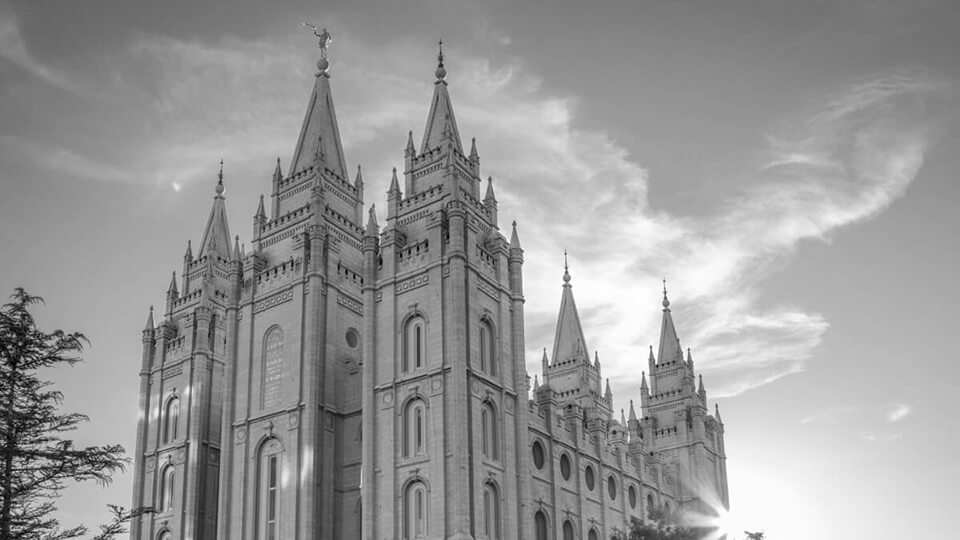The following article was written by Newsroom contributor Eli Seppings.
From 26 to 29 September 2022, along the hilly trails of Walhalla, Gippsland, a group of young men and women had the opportunity to participate in a re-enactment of pioneer handcart-pull treks.
.jpg)
From 1856 to 1860, around 3,000 members of The Church of Jesus Christ of Latter-day Saints united in unforgiving conditions to travel across the northern American continent, to gather with other Church members in the Salt Lake Valley, Utah.
These early pioneers sought freedom from persecution to practise their religion, driven out of counties and states by government officials and by mobs.
In the re-enactment, each youth was placed into ‘families’ of about 12 members and allocated the names of specific individuals who trekked to Salt Lake City over 160 years ago.
The journey across the USA was unfathomably hard, many dying as they attempted to traverse 1,500 kilometres through the worst conditions imaginable. The modern-day trek camp was, of necessity, toned down in intensity, yet maintained its challenging nature for the youth.
Through their ordeal, the young people could feel a sense of empathy and connectedness to the real pioneer families and individuals who suffered greatly to benefit all those who came after them.
Clearly, the pioneer legacy continues today. The early Church members taught determination, faith, and reliance on their Saviour, Jesus Christ. For the youth trek in Walhalla, leaders and volunteers helped to: plan the long, tiring routes taken to the campsites; cook meals; provide medical assistance; and share stories of the hardships faced by the historical pioneers.
Part of this experience involved re-enactments of certain events that happened during this trek, one being the journey through ‘Rocky Ridge’.
As the early Saints travelled through Rocky Ridge they were obliged to hike barefoot up steep mountains, as most shoes were destroyed or boiled and eaten during severe food shortages. The pioneers suffered profoundly as they charged through Rocky Ridge, pulling their wagons and following the bloody footsteps left in the knee-high snow.
After completing the re-enactment of this event, one young woman, Ainsley Philips from Pakenham, commented on her experience and connection while hiking up the steep Gippsland inclines. “At the top of ‘Rocky Ridge’, after having walked that last hill, with no shoes on, came the moment when my understanding changed of what the pioneers had to endure. I realised that it was more than a physically difficult journey but a spiritually demanding one also. Their faith and sacrifice have been a blessing for so many lives, and I will always be grateful for that.”
As the days passed, fatigue started to overtake everyone. All of the youth began to relate to what the early pioneers felt, and although the Gippsland trek was far less severe than that endured by the diligent early Saints in the original Pioneer Trek, the youth were humbled as their thoughts connected to those of the pioneers.
Their faith and determination to reach their destination and goals are exemplary to youth today.